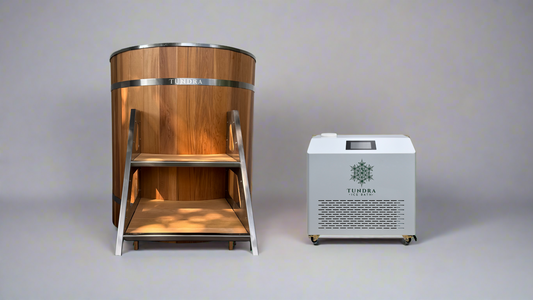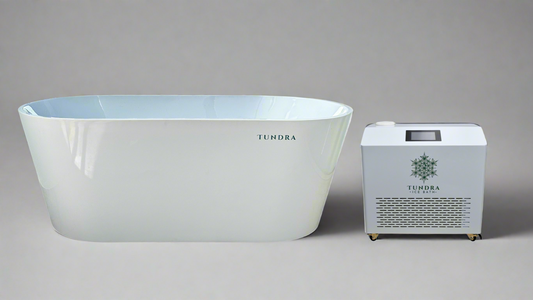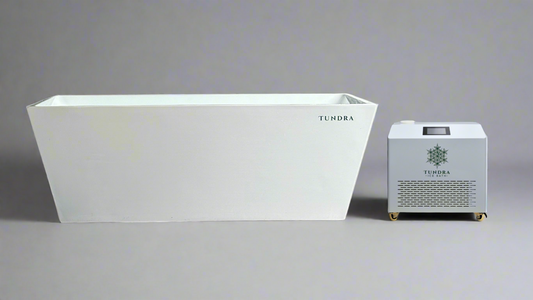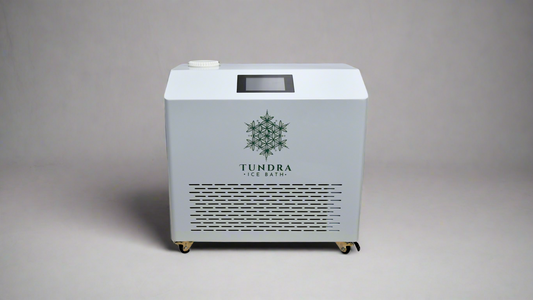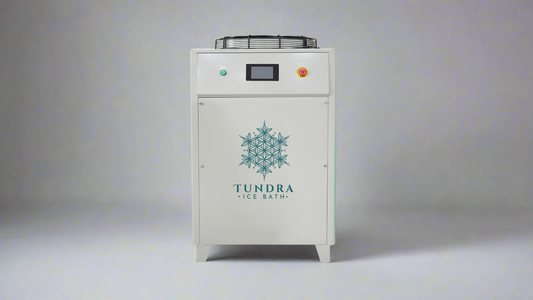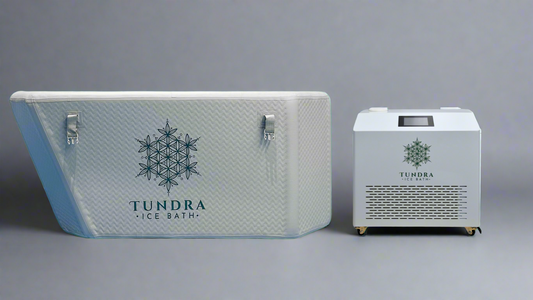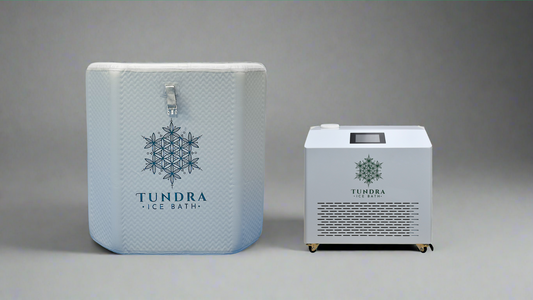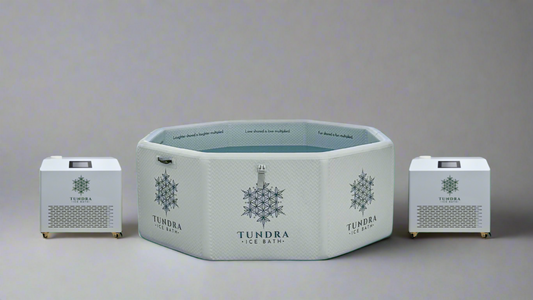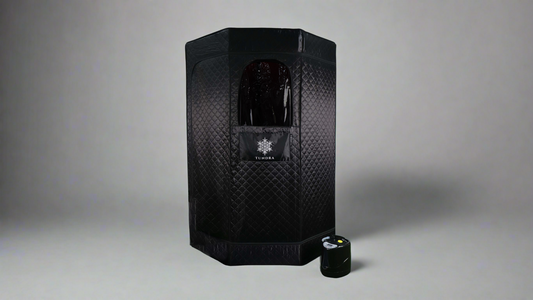
The Ultimate Cold Plunge Guide
Share
Cold plunging is no longer a niche activity reserved for athletes or biohackers. From ancient traditions to modern-day wellness enthusiasts, immersing oneself in cold water has become a staple for improving recovery, boosting mental clarity, and enhancing overall well-being. Whether you’re a beginner or a seasoned cold immersion expert, this guide will cover everything you need to know about cold plunging—from preparation and benefits to advanced techniques and professional setups like TUNDRA Ice Bath.
What Is Cold Plunging?
Cold plunging involves immersing your body in water with temperatures typically between 3°C and 15°C for a short duration. The practice can be done in various ways:
- Natural environments: Lakes, rivers, and oceans.
- DIY setups: Bathtubs filled with ice or modified freezers.
- Professional cold plunge systems: Dedicated tubs with precise temperature control, filtration, and safety features, such as those from TUNDRA Ice Bath.
The Benefits of Cold Plunging
Physical Benefits
- Accelerated Recovery: Cold water reduces inflammation and muscle soreness, aiding in faster recovery after intense workouts.
- Improved Circulation: Alternating vasoconstriction (cold) and vasodilation (rewarming) boosts blood flow, delivering oxygen and nutrients more effectively.
- Boosted Immune System: Regular cold exposure may increase white blood cell production, enhancing your immune response.
Mental and Emotional Benefits
- Stress Reduction: Cold plunging activates the parasympathetic nervous system, promoting relaxation and reducing cortisol levels.
- Enhanced Mental Resilience: Facing cold temperatures trains your body and mind to manage discomfort and stress.
- Elevated Mood: The release of norepinephrine and endorphins can lead to improved mood and reduced anxiety.
Other Benefits
- Better Sleep: Cold plunging regulates your nervous system, aiding deeper, more restorative sleep.
- Skin and Hair Health: Cold water tightens skin, reduces redness, and enhances scalp blood flow for healthier hair.
Preparing for Your First Cold Plunge
Physical Preparation
- Gradual Acclimatization: Start with cool showers before transitioning to full immersion.
- Hydration: Stay hydrated to help your body regulate temperature more effectively.
- Warm-Up First: Light movement before plunging can reduce the shock of cold water.
Mental Preparation
- Mindset: View the cold as a challenge, not an obstacle. Approach the plunge with a positive and calm attitude.
- Visualization: Picture yourself handling the cold with ease. Mental rehearsal can reduce anxiety.
- Breathing Practice: Practice deep, slow breaths to prepare your nervous system for the shock of cold exposure.
How to Cold Plunge Safely
- Start With the Right Temperature: Beginners: 10°C to 15°C; Advanced practitioners: Gradually reduce to 3°C.
- Duration: First timers: 1-2 minutes; Advanced users: Up to 10 minutes. Always listen to your body.
- Immerse Correctly: Enter the water slowly and submerge up to your shoulders for maximum benefit.
- Focus on Breathing: Take slow, deep breaths to calm your nervous system. Avoid hyperventilating.
- Exit Safely: Leave the water gradually to avoid lightheadedness. Dry off immediately and warm up naturally.
Common Mistakes to Avoid
- Starting Too Cold Too Soon: Gradually reduce water temperature over several sessions.
- Ignoring Safety Measures: Always ensure someone is nearby during your plunge, especially if you're new.
- Overexposure: Stick to recommended durations to avoid hypothermia.
- Using Unfiltered Water: Dirty or stagnant water increases the risk of infections.
The Importance of Professional Cold Plunge Systems
While DIY solutions can work, professional systems like TUNDRA Ice Bath provide significant advantages:
- Precise Temperature Control: TUNDRA systems allow you to set temperatures as low as 3°C.
- Built-In Filtration and Ozone Systems: Keep your water clean and safe with advanced purification.
- Energy Efficiency: Maintain low temperatures without excessive energy consumption.
- Ergonomic and Durable Design: High-quality materials ensure longevity and comfort.
- Convenient Features: Remote control, digital temperature displays, easy drainage for a seamless experience, etc.
Advanced Cold Plunging Tips and Techniques
- Contrast Therapy: Alternate between cold plunges and heat exposure (e.g., saunas).
- Breathing Methods: Incorporate the Wim Hof Method to enhance your cold tolerance.
- Group Cold Plunges: Plunging with others can make the experience more fun and motivational.
- Tracking Progress: Keep a journal to log water temperature, duration, and how you felt.
Frequently Asked Questions
- How Often Should I Cold Plunge? Beginners: 2-3 times per week; Advanced users: Daily or as needed.
- What’s the Ideal Water Temperature? Beginners: 10°C to 15°C; Advanced: As low as 3°C.
- Can Anyone Cold Plunge? Consult a doctor if you have cardiovascular issues, are pregnant, or have other health concerns.
- What Should I Do After a Cold Plunge? Dry off and warm up naturally. Avoid rapid reheating (e.g., hot showers).
Final Thoughts
Cold plunging is a transformative practice that improves both physical and mental well-being. Whether you’re looking to speed up recovery, boost your resilience, or enhance your focus, cold therapy offers numerous benefits. By following the steps in this guide and investing in professional systems like TUNDRA Ice Bath, you can take your cold plunging experience to the next level.
Ready to take the plunge? Explore our range of professional cold plunge systems designed for safety, convenience, and optimal performance.

